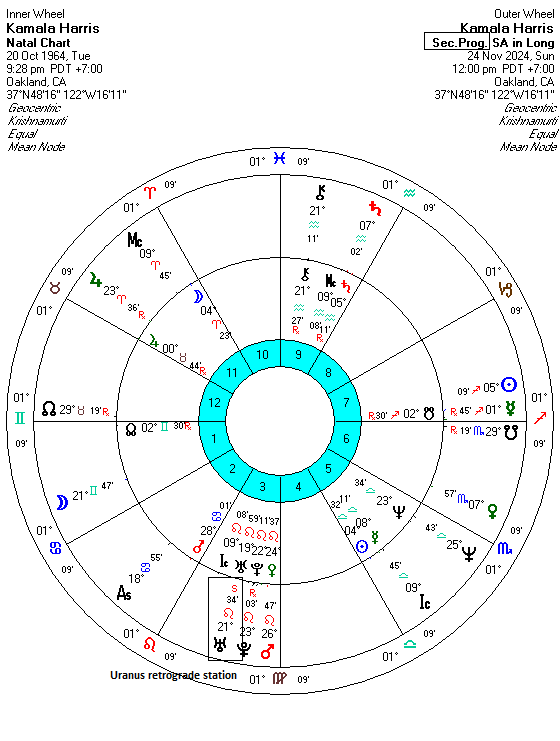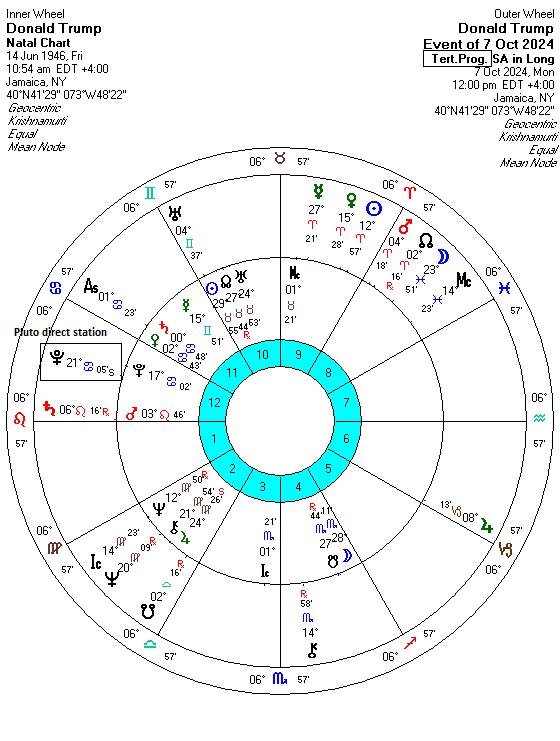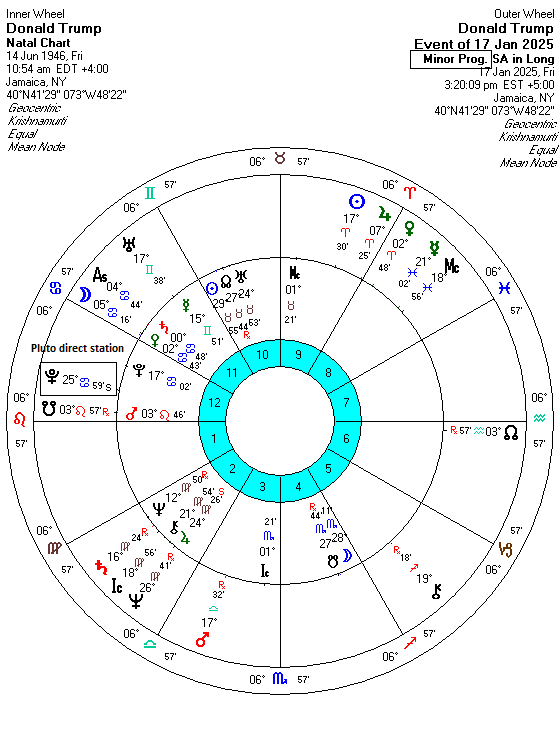 (27 July 2024) With the presumptive nomination of Kamala Harris, the US election campaign has entered a new and unprecedented phase. The Democrats have received a significant bump in the polls in the past week as the media narrative has pivoted away from the failing Joe Biden campaign towards something truly new and exciting. While Trump enjoyed the spotlight following the assassination attempt and the GOP convention, Harris now has the momentum as the prospect of the first female president is motivating many women to get involved in her campaign. The Kamala Harris honeymoon has tightened the race with national polls now showing them about even, although political betting sites still puts Trump in the lead, 56% to 41%.
(27 July 2024) With the presumptive nomination of Kamala Harris, the US election campaign has entered a new and unprecedented phase. The Democrats have received a significant bump in the polls in the past week as the media narrative has pivoted away from the failing Joe Biden campaign towards something truly new and exciting. While Trump enjoyed the spotlight following the assassination attempt and the GOP convention, Harris now has the momentum as the prospect of the first female president is motivating many women to get involved in her campaign. The Kamala Harris honeymoon has tightened the race with national polls now showing them about even, although political betting sites still puts Trump in the lead, 56% to 41%.
As I noted last year, I thought Trump’s chances for winning the election were quite good. Just looking at transits, his chart is strong on election day with Jupiter conjunct his powerful Sun-Uranus-Rahu conjunction in the 10th house in Taurus and Uranus exactly conjunct his unequal 10th house cusp (Midheaven/Mc) representing status and career. But transits are only one factor to consider when delineating a chart. There are any number of Vedic and Western factors that can be brought to bear on a chart including dashas, returns (lunar and solar), Ashtakavarga and progressions, among others.
In this post, I wanted to discuss the importance of Western progressions in predicting election outcomes. I learned about progressions from the late Richard Houck, a US-based astrologer took a special interest in political astrology. One of his central ideas was that progressed planetary stations were more important than aspects or alignments as they represented specific time windows of intense energy. He maintained that a candidate would be more likely to win an election if their chart had a direct progressed planetary station around the time of the election. His research also suggested that retrograde progressed stations were malefic, regardless of the planet involved. A candidate who had no progressed stations could either win or lose, depending on other chart factors such as progressed or transit alignments.
By way of background, a direct progressed station occurs when a progressed planet ends its retrograde cycle and resumes normal forward motion. A retrograde progressed station occurs when a progressed planet ends its forward motion and begins to move backwards. Progressions are a Western predictive technique in which a planet advances more slowly than it moves by standard transit. There are three widely used types of progressions: the secondary, in which one day of clock time symbolically represents a year (a time ratio of 365:1), tertiary, in which one day of clock time equates to a lunar month (time ratio of 29:1) or minor, in which one lunar month of clock time symbolically represents a year of life (time ratio of 13:1).
We should also note that the fact of the direct station is normally more important than the particular planet. While the progressed stations of Pluto, Jupiter, Venus and Uranus were possibly more helpful than other planets, it is unclear if there is a clear hierarchy of planetary advantage in this matter. Houck himself didn’t elaborate on specific planets other than to focus on the presence or absence of progressed stations.
Kamala Harris: two Uranus progressed retrograde stations
In terms of the progressed stations of the candidates in this election, Donald Trump’s chart looks much stronger than Kamala Harris’. Harris has no direct progressed stations from now until inauguration day on January 20, 2025. In fact, she has two retrograde progressed stations. Retrograde stations tend to coincide with negative life outcomes and thus will undermine her chances in the election. First, her tertiary progressed Uranus turns retrograde on August 27, just a few days after the Democratic convention. (The red “S” on the chart shows that Uranus is stationing retrograde). Since Uranus is associated with sudden and unexpected events, there is an elevated risk that her campaign will be subject to unwanted developments. I should also say that the exact date of the station is less important as the progressed stations can be within effective range for several weeks on either side of the date. The fallout of this Uranus progressed station may therefore apply to the whole August and September period, with perhaps a more focused risk say between mid-August and early September.

She also has a retrograde station of her secondary progressed Uranus on November 24. It’s interesting that the unexpected and often shocking influence of Uranus is once again activated with this station and suggests that the campaign will be anything but smooth leading up to Election Day on November 5. The fact that the station occurs after the election perhaps hints at ongoing developments that follow the result. Given the contested history of recent US elections, it would not be surprising if the outcome was close and required recounts or judicial intervention. On the other hand, given the wider effective range of the secondary progressed stations, it is also possible that a November 24 station could simply refer to the election result itself. Either way, both of these retrograde Uranus stations are very negative factors for her candidacy.

Donald Trump: three direct progressed stations
By contrast, Trump has no less than three direct progressed stations between now and early 2025. These greatly boost his electoral prospects in the coming months. Trump has a tertiary progressed direct station of Pluto on October 7. (Note the black “S” on the chart denoting a direct station and end to its retrograde cycle) We should also note that it doesn’t matter that much where Pluto is stationing (12th house) or how it aligns with other planets. The most important thing is that it is stationing direct and thus becomes powerful for Trump’s political outcomes.

He also has a minor progressed Pluto direct station on January 17, just three days before the presidential inauguration. Even if exact dates are less important here, the minor progressions do move faster than the tertiary and secondary progressions and thus are more likely to be relevant to events closer to the exact date. This suggests that the effects of the Pluto direct station is more likely to manifest in January.

The chances of Trump being inaugurated as the next president are further enhanced since Pluto is symbolically connected with power and transformation. Finally, tertiary progressed Saturn has a direct station on February 14, less than one month after the inauguration. Saturn may be a natural malefic, but the direct station tends to be favorable in its effects. The fact that it is stationing direct in conjunction with Trump’s Ascendant at 6 Leo is potentially significant, however. While all direct stations tend to produce positive results, I would admit that all that Saturn energy focused on a person’s Ascendant could be quite intense and makes me wonder if something may turn sour on Trump. Nonetheless, given the other direct stations during the election season, it is more likely to represent Trump winning the presidency.

Of course, these progressed stations are only one factor out of many we can use in forecasting elections. Nonetheless, the fact that Trump has three favourable progressed direct stations is a very important reason why he is likely to win the presidency for a second time. This outcome is more likely since Harris’ two progressed Uranus retrograde stations will damage her political fortunes and will make it harder for her to win.
Photo Credit: Gage Skidmore



